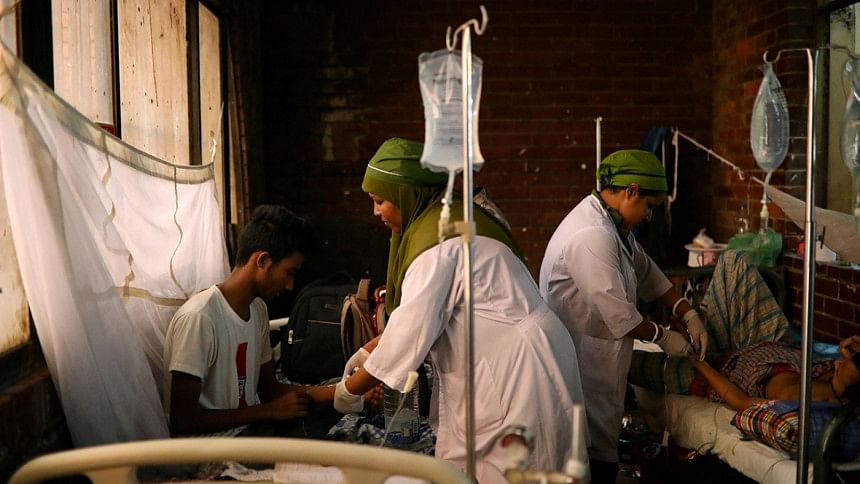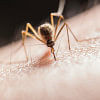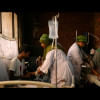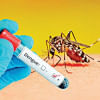3 including physician die of dengue in Dhaka

Three more persons including a physician died after being infected with mosquito-borne disease at different hospitals in Dhaka.
Deceased Tapan Kumar Mandol was a physician of Madaripur Sadar Hospital while Moushumi Akter and a child, Raj Chowdhury, were residents of Dhaka.
Tapan was admitted to the Intensive Care Unit (ICU) at Bangladesh Medical College at Dhanmondi with dengue around 4:30pm yesterday, according to an official of the medical.
He died in the morning today, he said.
Moushumi, a resident of Dhaka’s Taltola, died around 11:45am while receiving treatment at the ICU of Dhaka Medical College Hospital, her husband Md Nasiruddin Mamun told The Daily Star.
She was diagnosed with dengue at a Shyamoli hospital yesterday, several days after she had been suffering from fever, Mamun said.
She was initially taken to Shaheed Suhrawardy Medical College Hospital and was shifted to DMCH today after her condition deteriorated, he added.
Raj Chowdhury, son of NirmalKanti Chowdhury, assistant registrar of National Institute of Cardiovascular Diseases, was admitted to Dhaka Shishu (Children) Hospital (DSH) yesterday afternoon with dengue fever, Abdul Hakim, public relations officer of the medical, told The Daily Star.
He lost his battle for life around 1:30pm today, he said.
Bangladesh is struggling to control its worse outbreak of the mosquito-borne disease as an increasing number of patients put tremendous pressure on the country’s already overwhelmed medical system.
Since January, 43,271 people were admitted to hospitals, according to the Directorate General of Health Services. Of them, 35,225 had made full recovery.
Currently, more than 8,000 patients, including children, are being treated at hospitals across the country.
The government has so far confirmed the death of 40 people from dengue although the unofficial estimates suggest the death toll is much higher.
Dhaka, the overpopulated capital city, has been at the centre of dengue outbreak.
Dengue fever usually causes severe flu-like symptoms, including high fever, headache, vomiting, muscle and joint pain, and a characteristic skin rash.
There is no specific treatment, the World Health Organisation (WHO) says, but early detection and access to proper medical care lowers fatality rates below 1 per cent.

 For all latest news, follow The Daily Star's Google News channel.
For all latest news, follow The Daily Star's Google News channel. 








Comments